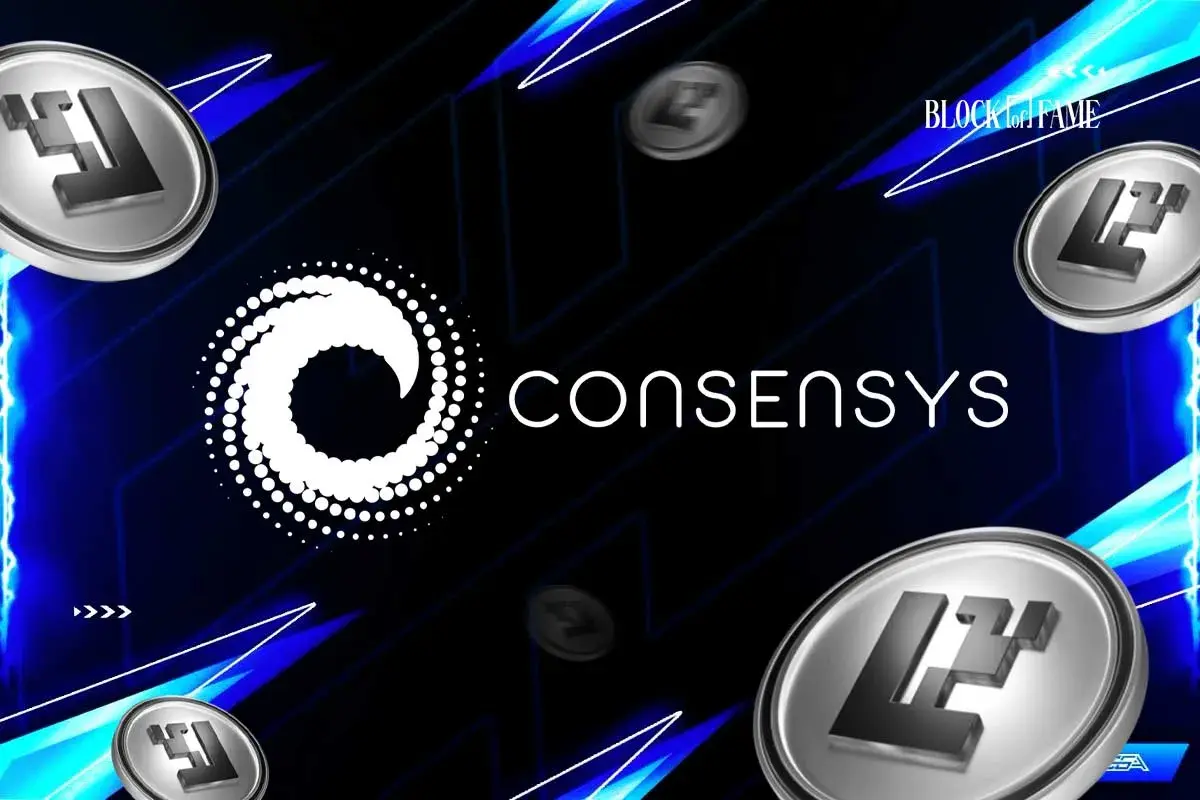Consensys:- Last month in October 2025, a major AWS disruption centered on the US-EAST-1 region caused widespread downtime across many internet services. AWS traced the problem to an internal DNS/automation bug that created unreachable records and required manual remediation. However, the outage that lasted many hours exposed the heavy reliance of web3 on centralized infrasturucte.
Several large exchanges and crypto-service providers relying heavily on cloud infrastructure like AWS saw the ripple effect. Coinbase and its Base layer-2 network both went down. ConsenSys’ Infura and Robinhood similarly suffered during the outage.
Now, in order to move away from centralized infra, ConsenSys and EigenLayer have activated the Decentralized Infrastructure Network (DIN) as a fully live Actively Validated Service (AVS) on EigenLayer. This marks DIN’s official mainnet launch as an AVS in November 2025.
Consensys Expands Decentralized Solution to Eigen
Crypto’s decentralization is about consensus & state, but a surprising amount of the application layer – RPC endpoints, indexers, analytics, block explorers, wallet backends – runs on a small number of cloud providers. When a hyperscaler fails, that single-point fragility cascades into mass user impact, even if on-chain settlement continues.
This is something that the Amazon outage and the more recent Cloudflare bug renewed debate about how “decentralized” the ecosystem actually is.
Infact, Infura (and other RPC providers) and wallet front-ends such as MetaMask themselves saw degraded or halted API endpoints.
With Consensys’s AVS live on Eigen layer now, it will restrict this centralized dependence. According to the blog, it will enable Ethereum restakers, RPC node providers, and network watchers to collectively secure RPC infrastructure across 30+ networks.
It decentralizes critical infrastructure – specifically RPC, which today heavily relies on centralized providers like AWS, Google Cloud, Infura, and others. This will be done through decentralized economics instead of relying on a single cloud vendor.
While Consensys’ solution, AVS (Actively Validated Service) is not specifically a cloud network. Insted, it works as a decentralized infrastructure layer that uses Ethereum restaking (via EigenLayer) to secure specialized services such as RPC, data availability, sequencing, oracles, and more.
Thus, AVS comes as a decentralized alternative to cloud-style services, but secured by crypto-economic incentives, not centralized servers.
Also Read: Visa’s Innovation Head is Building On-chain Bank WeFi
Web3’s Centralization Problem
The problem of centralization in decentralized web3 runs more deep than we think. Data from Ethereum analytics tracker Ethernodes shows that more than half of Ethereum’s execution nodes are hosted on centralized cloud providers. Amazon Web Services (AWS) alone accounts for 28% of these nodes, followed by Hetzner at 15.6%. This makes cloud dependence one of Ethereum’s most persistent centralization risks.

Solana, while more distributed, also depends considerably on cloud infrastructure. According to Messari, about 5.98% of SOL stake comes from validators hosted on AWS, while other major data-center players include TeraSwitch Networks and Google Cloud.
Messari’s cross-chain research finds many PoS chains have 55%–80% of validator/node infrastructure concentrated with a small set of hosts (AWS, Hetzner, OVH, GCP, Oracle),
While blockchains are architecturally decentralized, the infrastructure that keeps them running still relies heavily on a handful of cloud giants.
This is something that Vitalik Buterin also pointed in an interview. He said, I Hate Apps That Require Google Login but Pretend to Be Crypto According to him, this goes against the spirit of crypto. Thus, AVS’s final mainnet launch on Eigen could perhaps work in solving that centralized problem.
Also Read: MetaMask Partner Transak Expands into US
Why trust CoinGape: CoinGape has covered the cryptocurrency industry since 2017, aiming to provide informative insights to our readers. Our journalists and analysts bring years of experience in market analysis and blockchain technology to ensure factual accuracy and balanced reporting. By following our
Editorial Policy, our writers verify every source, fact-check each story, rely on reputable sources, and attribute quotes and media correctly. We also follow a rigorous
Review Methodology when evaluating exchanges and tools. From emerging blockchain projects and coin launches to industry events and technical developments, we cover all facets of the digital asset space with unwavering commitment to timely, relevant information.
Investment disclaimer: The content reflects the author’s personal views and current market conditions. Please conduct your own research before investing in cryptocurrencies, as neither the author nor the publication is responsible for any financial losses.
Ad Disclosure: This site may feature sponsored content and affiliate links. All advertisements are clearly labeled, and ad partners have no influence over our editorial content.

Share